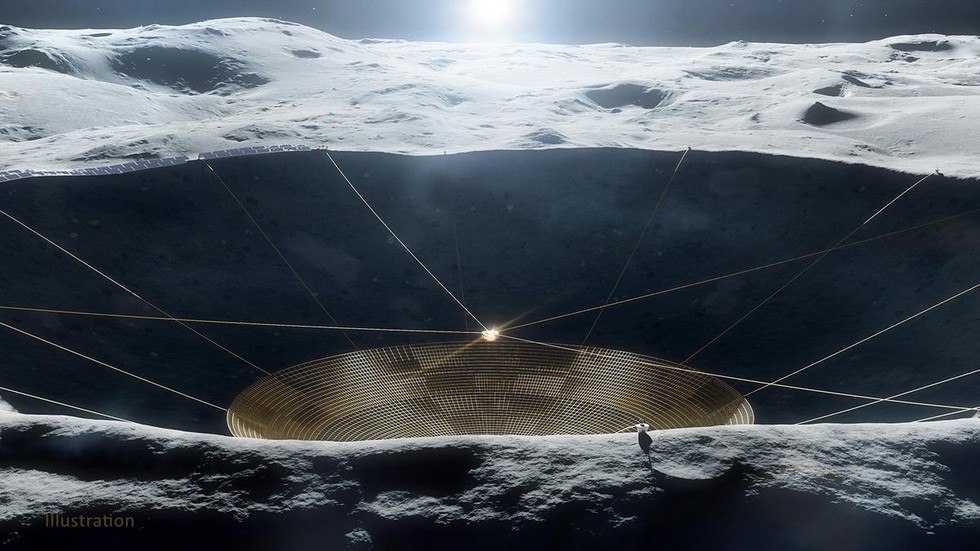Astronomers are exploring the possibility of deploying high-resolution telescopes on the moon and in its orbit to gain new insights into the universe. This endeavor is propelled by the limitations faced by telescopes on Earth due to atmospheric interference.
Proposals for Lunar Telescopes
Astronomers worldwide, including initiatives like India’s PRATUSH, are considering placing telescopes on the moon’s surface and in lunar orbit.
Challenges on Earth
Optical and radio telescopes on Earth face challenges such as atmospheric interference, pollution, and radio noise from various sources.
Advantages of Lunar Telescopes
The moon’s far side offers pristine, airless conditions ideal for telescopes, shielding them from terrestrial radio transmissions and providing crystal-clear visibility.
Exploration of Cosmic Dawn
Studying the Dark Ages of the universe, the period before the formation of stars, is crucial for understanding cosmic evolution. Instruments on the moon can detect faint signals from this era, free from interference.
Ongoing and Planned Missions
Various space agencies, including NASA, ESA, and China’s CNSA, have planned missions to deploy telescopes and instruments on the moon’s surface and in lunar orbit.
Indian Contribution: PRATUSH
India’s PRATUSH, developed by Raman Research Institute (RRI) in collaboration with ISRO, aims to study the universe’s reionization period using radio signals from hydrogen.
Conclusion
The deployment of telescopes on the moon presents astronomers with unprecedented opportunities to explore fundamental cosmic phenomena, promising groundbreaking discoveries and a deeper understanding of the universe.
Multiple Choice Questions (MCQ):
- What is one of the primary challenges faced by telescopes on Earth?
- A) Lack of funding
- B) Atmospheric interference
- C) Limited technological capabilities
- D) Earth’s magnetic field disturbances
- Answer: B) Atmospheric interference
- What advantage does the moon’s far side offer for astronomical observations?
- A) Presence of water ice
- B) Protection from meteorite impacts
- C) Shielding from terrestrial radio transmissions
- D) Higher gravitational pull
- Answer: C) Shielding from terrestrial radio transmissions
- What is the main objective of India’s PRATUSH telescope?
- A) Study dark matter distribution
- B) Investigate cosmic microwave background radiation
- C) Analyze signals from distant galaxies
- D) Explore the reionization period of the universe
- Answer: D) Explore the reionization period of the universe
- Which space agency plans to launch a radio telescope to the moon’s far side on board its lunar lander ‘Argonaut’ by 2030?
- A) NASA
- B) ESA
- C) CNSA
- D) ISRO
- Answer: B) ESA
- What advantage do lunar orbit-based instruments offer over ground-based experiments?
- A) Better access to resources
- B) Lower costs
- C) Minimal radio frequency interference
- D) Enhanced gravitational lensing effects
- Answer: C) Minimal radio frequency interference
